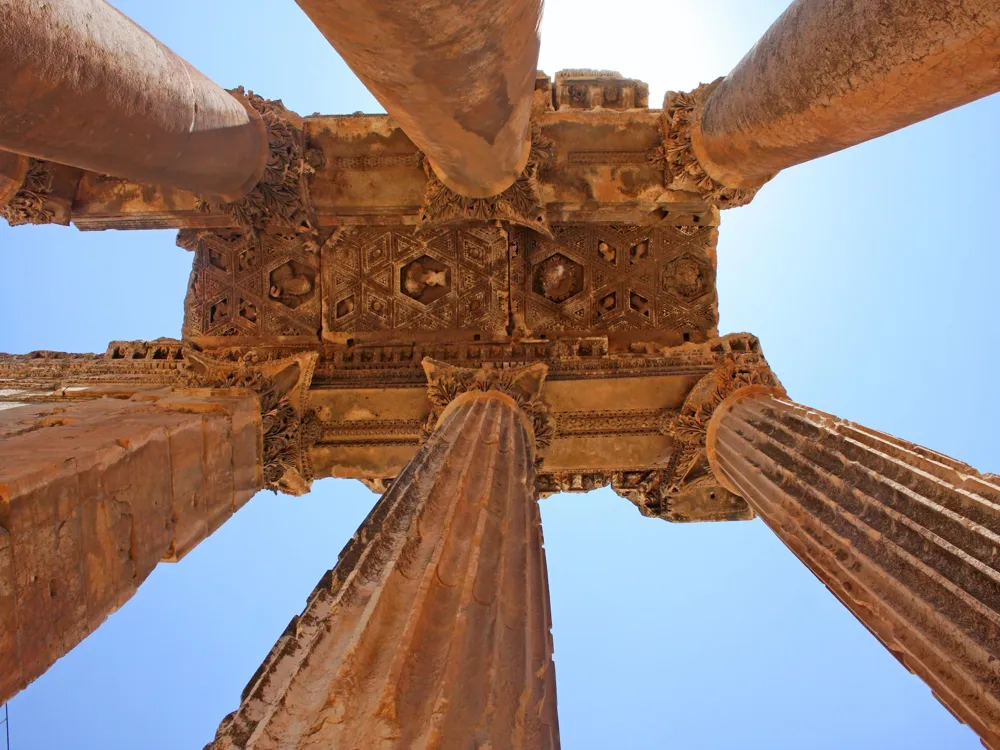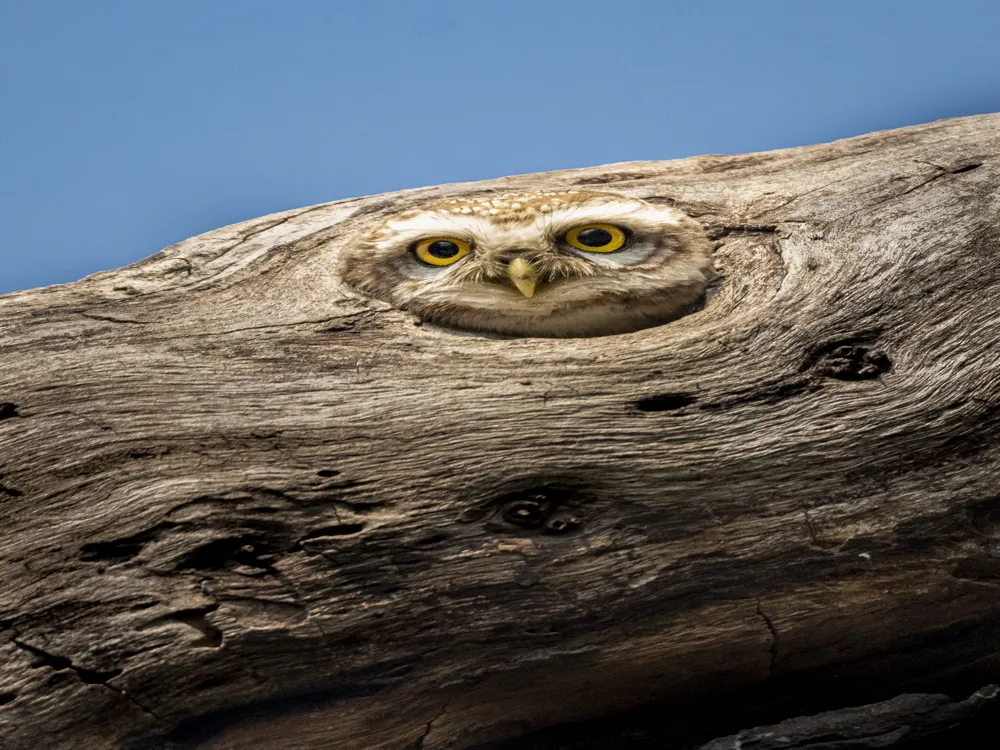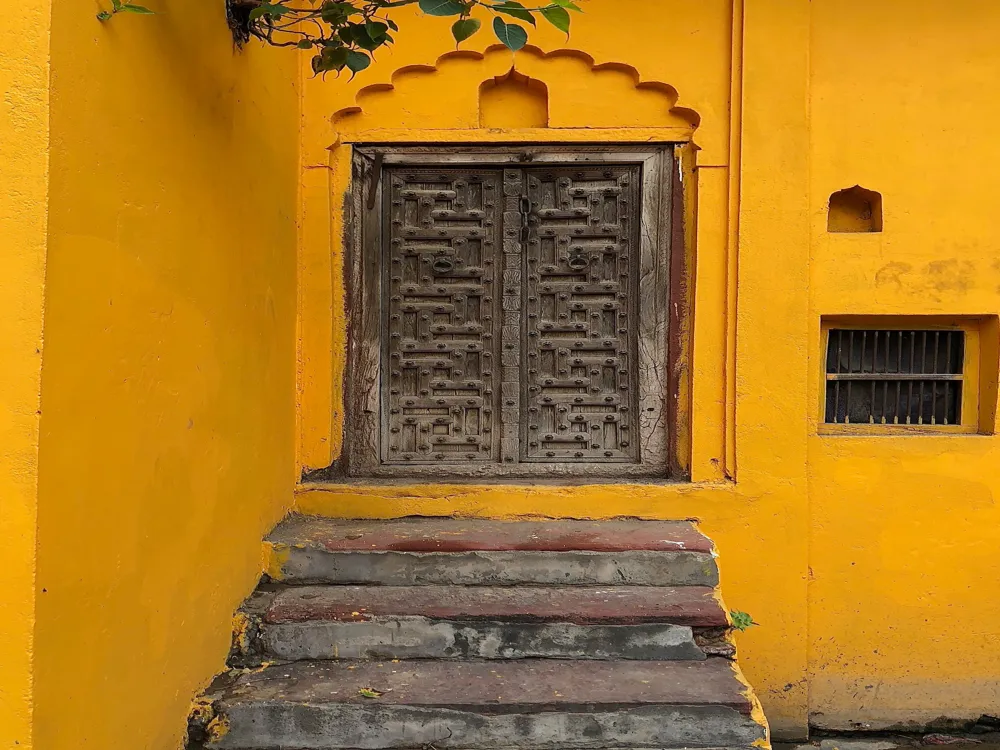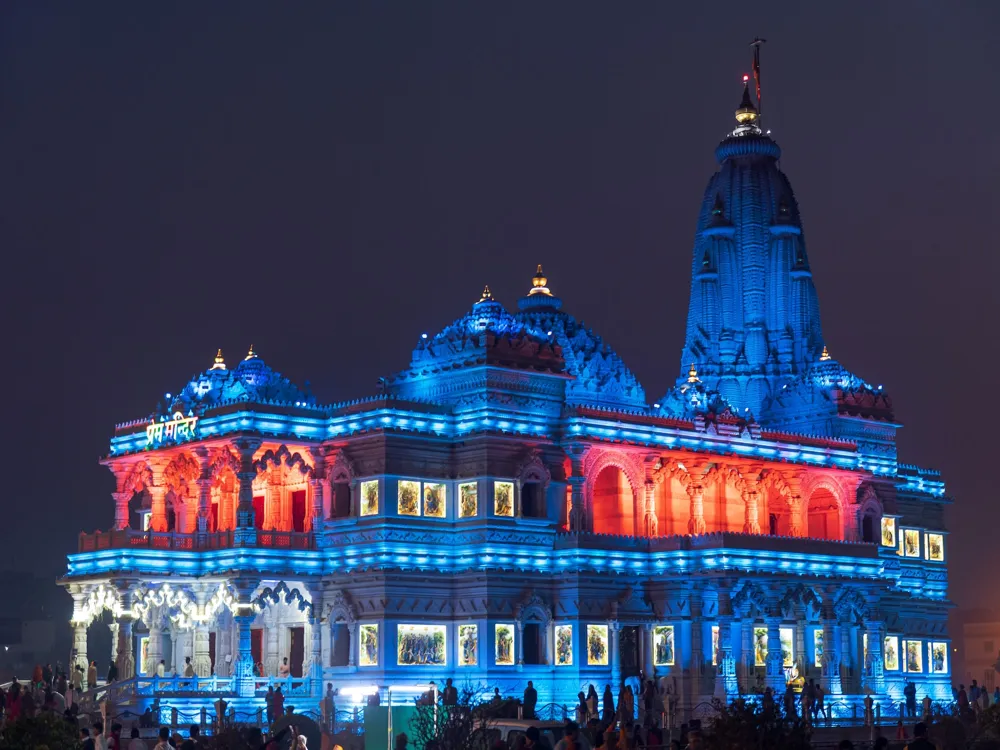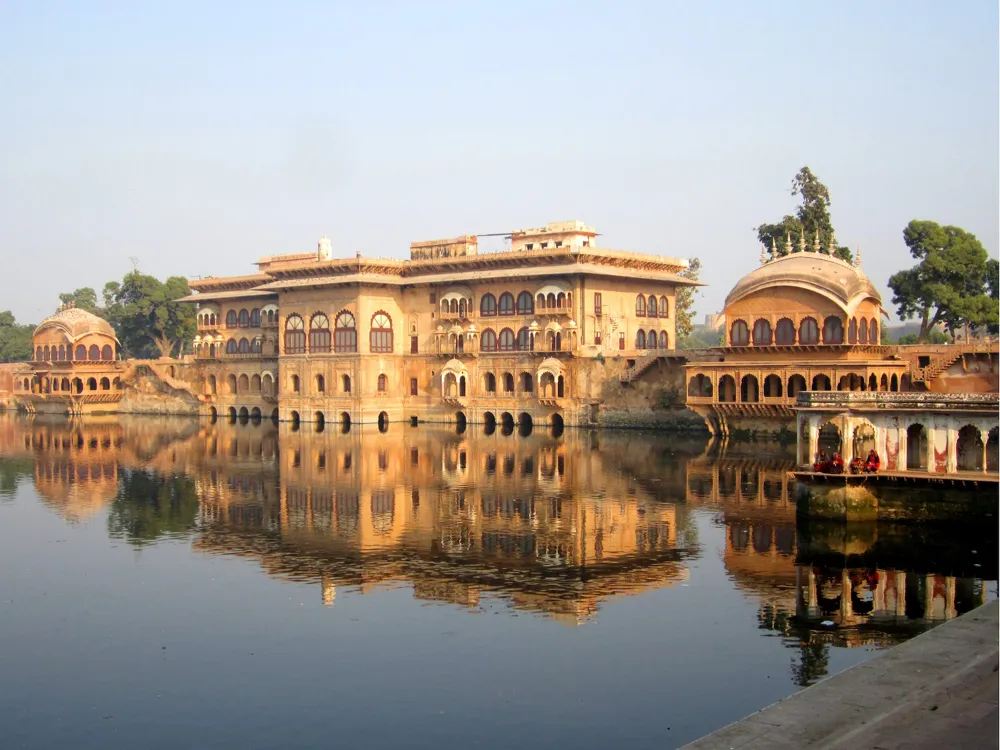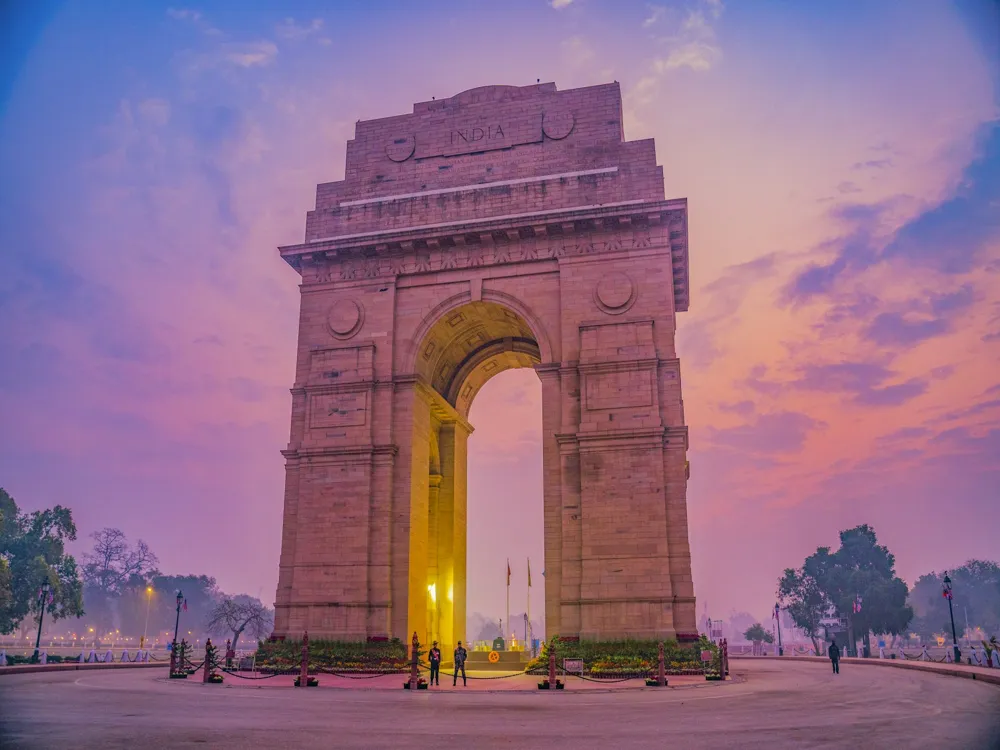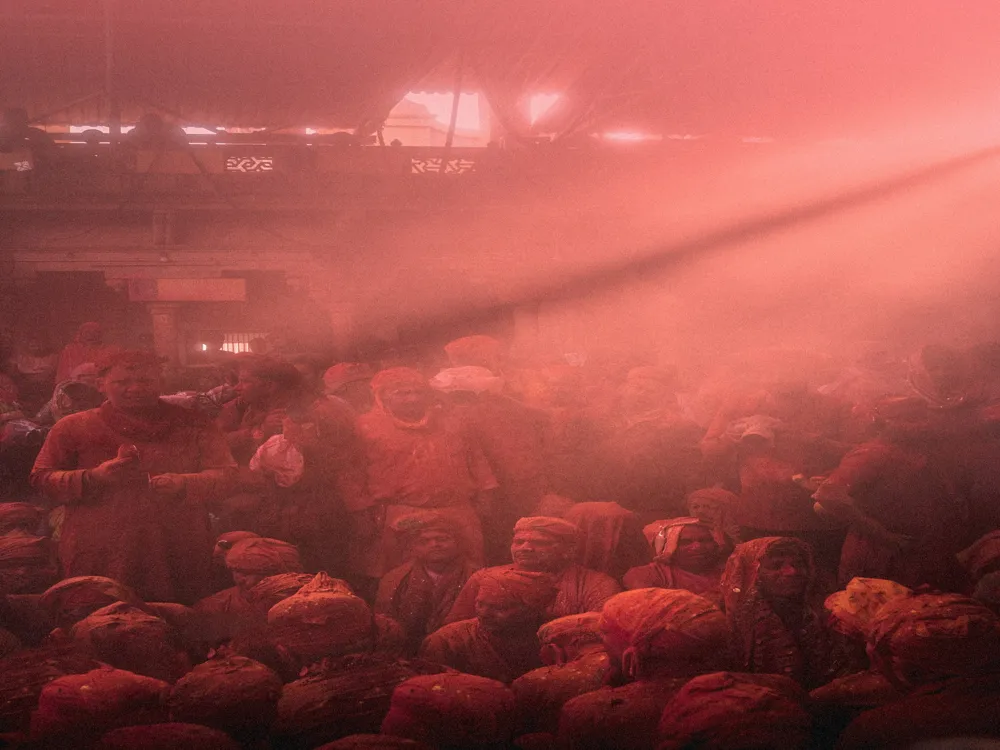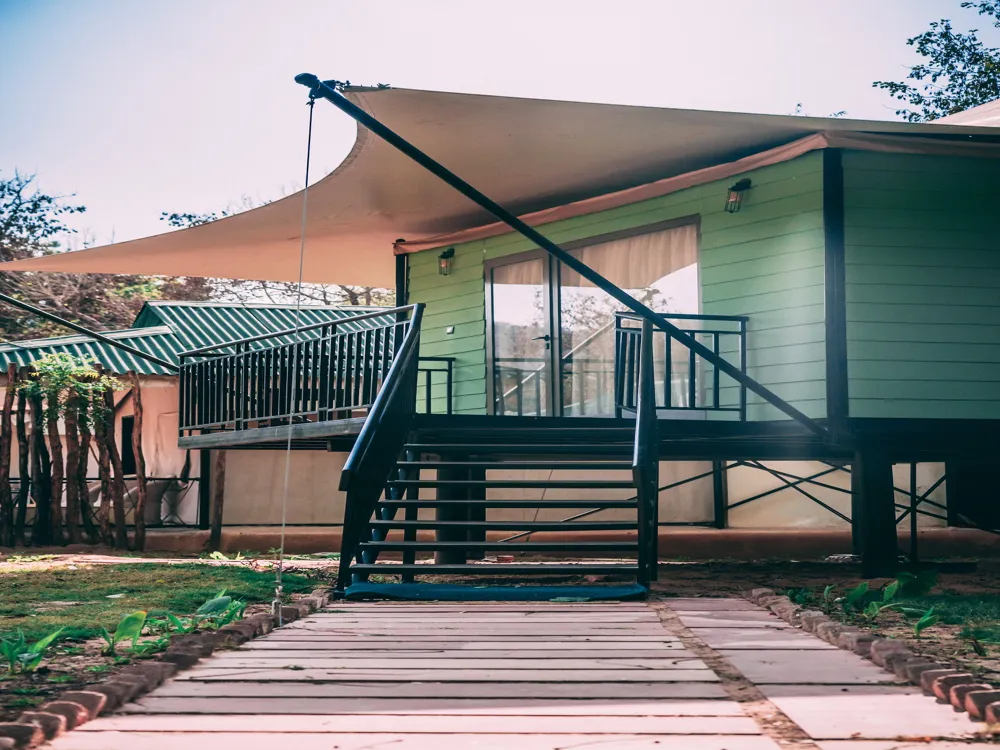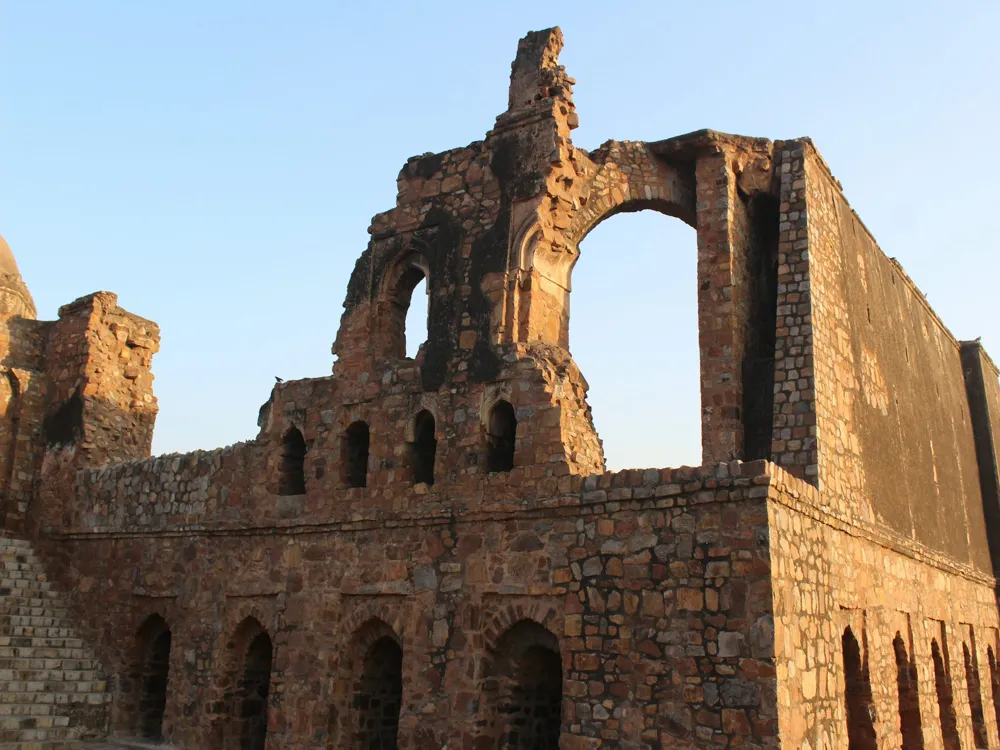Nestled in the Bharatpur district of Rajasthan, Bharatpur National Park, also known as Keoladeo Ghana National Park, stands as a testament to nature's splendor and biodiversity. Spanning an area of approximately 29 square kilometers, this avifauna sanctuary hosts thousands of birds, especially during the winter season. It was declared a protected sanctuary in 1971 and later inscribed as a World Heritage Site by UNESCO in 1985. The park's mosaic of dry grasslands, woodlands, wetlands, and water bodies creates a rich habitat for a wide array of fauna and flora. Historically, the park was a hunting ground for the Maharajas of Bharatpur, and its transformation into a bird sanctuary is a remarkable tale of conservation. Today, it's renowned for being a paradise for bird watchers, with over 230 species of birds found here. The Siberian Crane, a visitor during the winter months, was once the main attraction of the park. Alongside birds, the park is home to various species of mammals, reptiles, and fishes. The diverse ecosystem of the park also supports a wide range of flora, from aquatic plants to towering trees, offering a green haven in the midst of Rajasthan's arid landscape. While the term 'architecture' may typically bring to mind human-made structures, in the context of Bharatpur National Park, it refers to the intricate and awe-inspiring layout of nature's own design. The park's landscape is a blend of man-made and natural structures, creating a unique habitat for its inhabitants. The wetlands, which are the centerpiece of the park, were artificially created in the 19th century by the then Maharaja of Bharatpur. These wetlands are a mix of shallow lakes, marshes, and dykes, designed to capture and maintain water, creating a thriving ecosystem for birds and aquatic life. The diverse topography of the park includes dry grasslands, woodlands, and scrublands, each contributing to the park's ecological diversity. The woodlands consist of medium-sized trees and shrubs, providing shelter and nesting grounds for birds and mammals. The grasslands are crucial for many species of birds for nesting and feeding. Additionally, the park features a network of gravel paths and earthen dams, enabling visitors to explore without disturbing the natural habitat. The design and layout of Bharatpur National Park showcase a harmonious coexistence of human intervention and nature's resilience, making it a unique model of ecological conservation. The ideal time to visit Bharatpur National Park is from November to February. During these months, migratory birds from the northern hemisphere take refuge in the park, creating a spectacular display of avian diversity. The weather is also pleasant during this period, making it conducive for bird watching and photography. Visitors should carry binoculars for bird watching, a good camera for photography, comfortable walking shoes, and a hat or cap for sun protection. Also, carrying a water bottle and some light snacks is advisable as options inside the park might be limited. Maintaining silence is crucial for not disturbing the wildlife. Visitors are advised to follow the park's rules strictly, stay on designated paths, and avoid littering. Feeding animals or birds is not permitted. Bharatpur National Park is well-connected by road, rail, and air. The nearest airport is in Agra, 56 kilometers away. Bharatpur Railway Station is just 5 kilometers from the park, making it easily accessible by train. By road, Bharatpur is connected to major cities like Delhi and Jaipur through national highways, offering a scenic drive to the park. READ MORE:-Overview of Bharatpur National Park, Bharatpur, Rajasthan
Architecture of Bharatpur National Park
Tips When Visiting Bharatpur National Park
Best Time to Visit
What to Bring
Park Etiquette
How To Reach Bharatpur National Park
Bharatpur National Park
Bharatpur
Rajasthan
₹ 7,500 onwards
View bharatpur Packages
Weather :
Label : Must Visit
Tags : National Park
Timings : 8:00 AM - 5:00 PM
Time Required : 3 hours
Entry Fee : Indians: INR 50, Foreigners: INR 400, Video Camera: INR 200
Planning a Trip? Ask Your Question
Bharatpur Travel Packages
View All Packages For Bharatpur
Top Hotel Collections for Bharatpur

Private Pool

Luxury Hotels

5-Star Hotels

Pet Friendly
Top Hotels Near Bharatpur
Other Top Ranking Places In Bharatpur
View All Places To Visit In bharatpur
View bharatpur Packages
Weather :
Label : Must Visit
Tags : National Park
Timings : 8:00 AM - 5:00 PM
Time Required : 3 hours
Entry Fee : Indians: INR 50, Foreigners: INR 400, Video Camera: INR 200
Planning a Trip? Ask Your Question
Bharatpur Travel Packages
View All Packages For Bharatpur
Top Hotel Collections for Bharatpur

Private Pool

Luxury Hotels

5-Star Hotels

Pet Friendly







